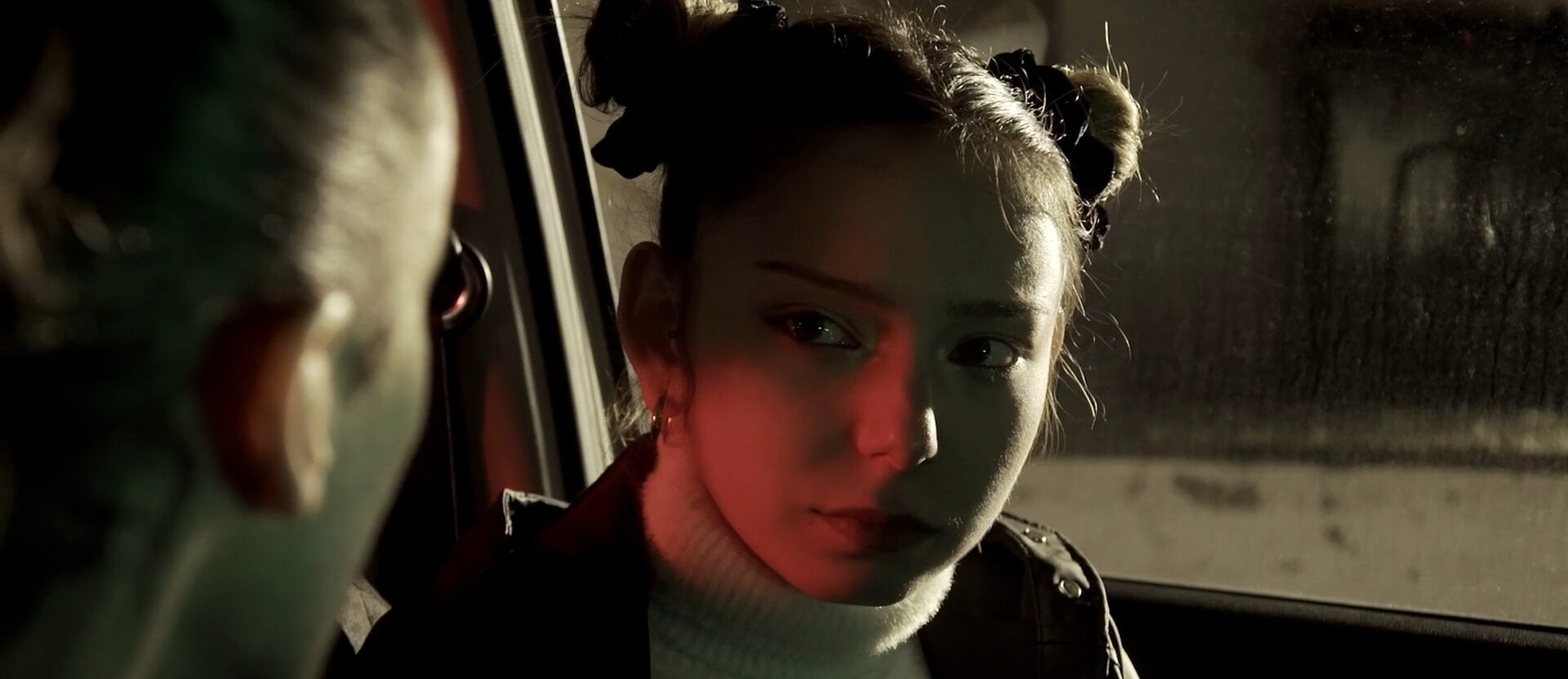When acting on screen, do you have to give the same performance every time?
Do you think this limits your expression and prevents you experimenting with your performance?
Transcript
Do I need to repeat the same performance every time?
Hi, I’m your host, Ruggero Dalla Santa, and today I want to give you another tip on how to become more comfortable when you act for the camera.
One of the main concerns that I find actors have when they think about screen acting is the question: do they need to repeat the exact same performance every single time?
Now, obviously, if you make some big continuity mistakes, that creates problems in post-production and you might end up with the editor cutting you out of the movie. However, if you give the exact same performance every single time, chances are it will become very stale very quickly and make you feel restricted and just not be a very interesting and good performance.
So how can you find the balance? Do you need to repeat the same performance every time
The answer, I think, is yes and no. Yes in terms of main pieces of blocking but no in terms of interpretation.
Let me explain.
Let’s start with the blocking, which is a bit easier. Any big movement, so when you stand up, when you sit down, when you take a sip, when you grab something. All of those kind of things have to be extremely precise. You need to be able to do them exactly the same way in exactly the same moment every time.
Now, careful.
When you act in a close-up, big movements are things like looking away and looking back, turning a bit one side and turning the other. Those still look very big because it’s a close-up, so you need to be precise with those. So, as long as these big pieces of blocking, these big movements, are very well mapped out and they remain exactly the same every time, everything else can and should change.
Obviously, don’t start jumping up and down in the middle of something but, you know, within reason, you can feel free to change things, to give a different performance every time and, in fact, it’s a lot better if you do that because that way you give the editor more options so that the editor can fabricate the best possible performance in post-production.
So how can you make sure you do that?
When you grab your script, make sure you identify all the major bits of blocking.
Some will be on the page as action lines other ones you will need to decide for yourself.
Make sure that in every scene you have at least four or five key moments where you know exactly what you’re doing and when you’re doing that.
Obviously, when you get on set, things might change so, if they do change, be very quick at picking up what changes. Be very quick at modifying what you prepared.
The important thing is that, by the time you actually start shooting, you know exactly all of these fixed moments, all of these fixed
movements that you need to keep absolutely constant throughout all your
performances.
It’s like a dance. You can’t express yourself until you know the routine. Once you know the routine, once you know the choreography, then you can start playing.
And this is the same thing.
Once you know your lines, of course, but
all those few fixed moments, everything else can and should change.
Now, give it a go and let me know how you get on.
If you enjoyed this video please give us the thumbs up and if you have any requests for different videos or topics that you’d like me to talk about, please get in touch.
Thank you very much, I will
see you next time.

